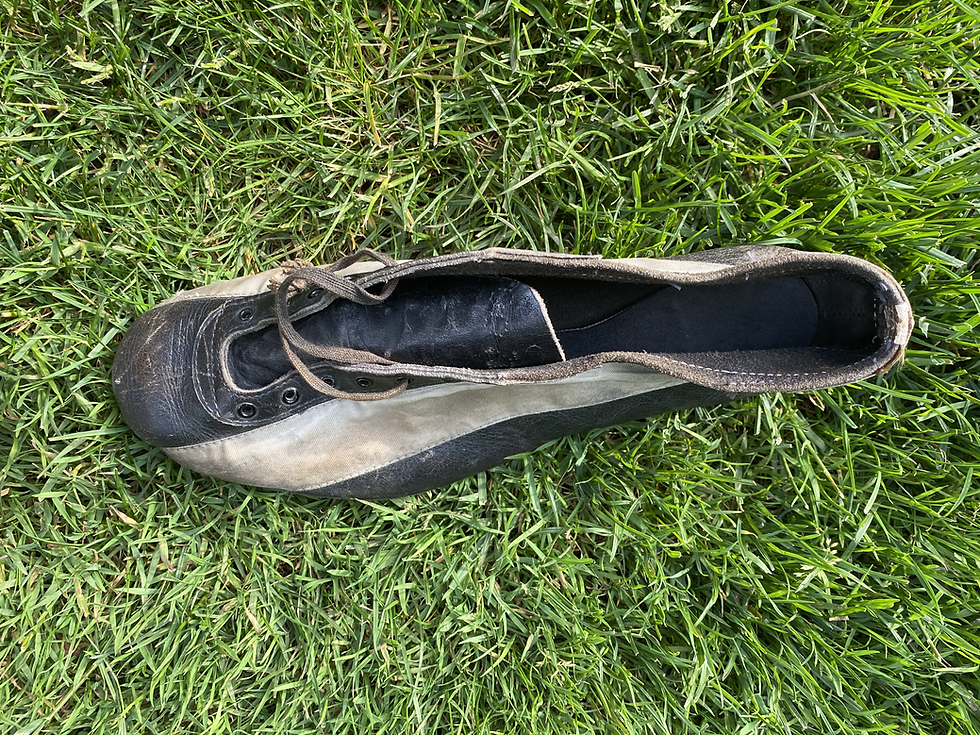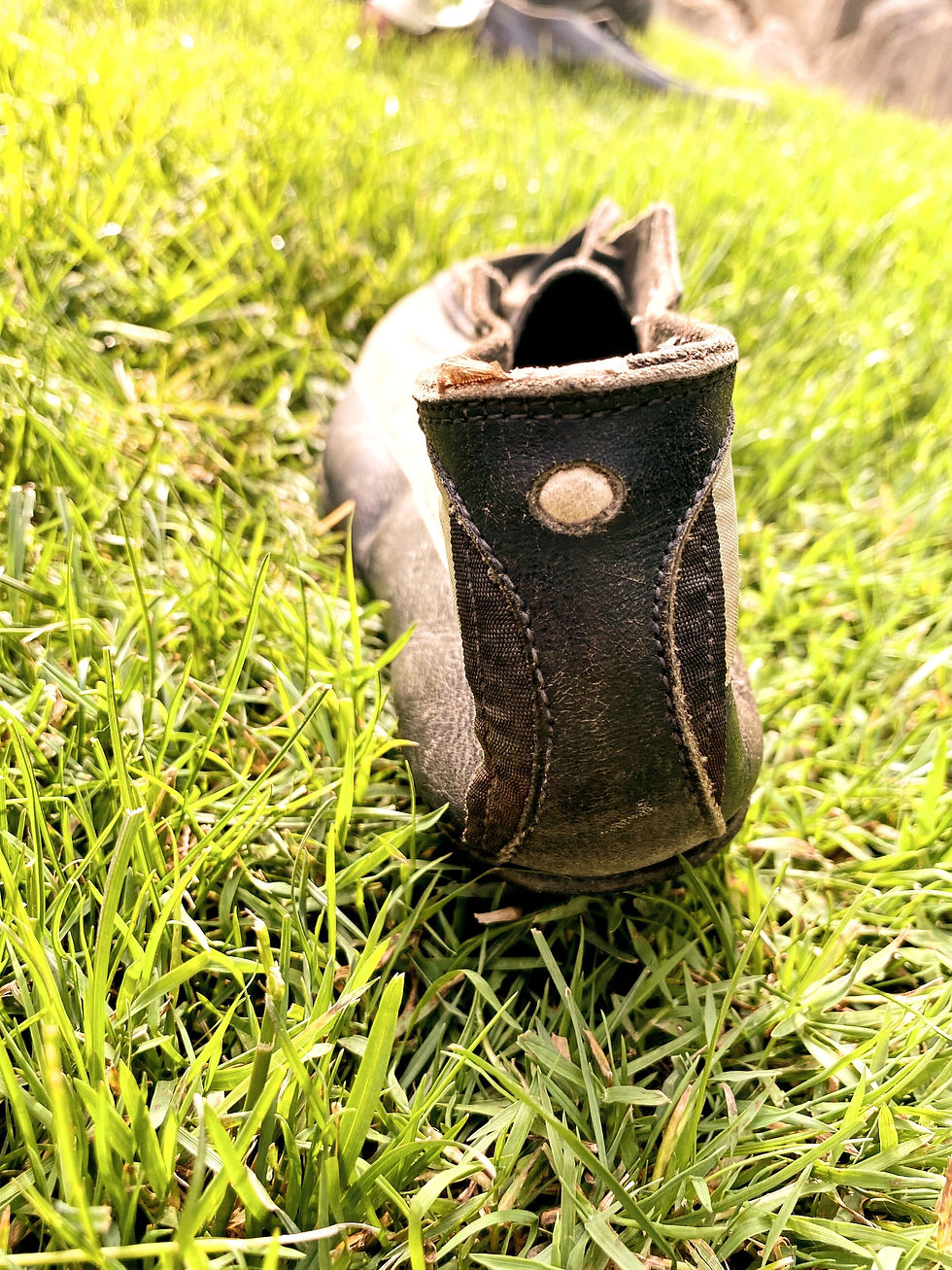If track spikes could talk...1950-Day 2 of 5
- Michael Bergmann

- Mar 4, 2022
- 2 min read
Design and alternative Materials begin to emerge
I love the history and heritage of products and want to share as I continue to go through the archives of products and documents in my office.
I want to share some of the footwear that has been inspiring to me and my teammates at Nike. The products are designed to master the fundamentals of the sport.
Each evolution of the spikes I show this week evolve in functionality, materials and performance each year.
To honor the lost track and field season of 2020 I want to tell a short story about each of these products this week which would normally be hosting the Oregon State Track and Field Championships at Historic Hayward Field.

When I started running for the Portland Track Club in the early 1970's, he would proudly bring out the shoes from his running career and share with me the features of each of these.
He would consult with his high school and college team mates to compare notes on which season and year he competed in these shoes.
This spike was from my Dad's Senior year at Grant High School ( 1950) in Portland, Oregon
I love these spikes that have the first "brand logo" even though I am not sure what brand had the vision to design the wrap around nylon webbing to bring a speedy design look to the product but I can imagine it would make those wearing them feel faster than those that were not.
This spike had metal aglets. The heel area was not only reinforced with a textile underlay but there was a small hole with a white textile peeking out. This design feature reminds me of the Nike Matumbo spike that had the hole in the heel. 
The stitched leather bottom of the spike was well worn and the spikes in this 1950 version are now removable. The spikes are generally 1/2 inch long to make sure the grip on the dirt or cinder track is optimal.
I loved running on a few of the cinder tracks in Portland that remained ( Wilson High School). I can still recall the sound and knew when someone was starting to creep up on my shoulder to be ready to respond. Great for distance runners but not so great for hurdlers. There are a few cinder tracks still around. There in one in particular that I am working on upgrading and building in Maupin Oregon.

These shoes were not only used by my Dad but they were photographed, displayed and shared as Nike continued to innovate in the world of Track and Field.
I would get the request to check them out for designers and innovators to use in their presentations.
I want to celebrate at spike a day this week to honor all of those athletes out there not being able to compete and gather to celebrate the sport of track and field.

Subscribe to the latest updates and insights here:




Comments